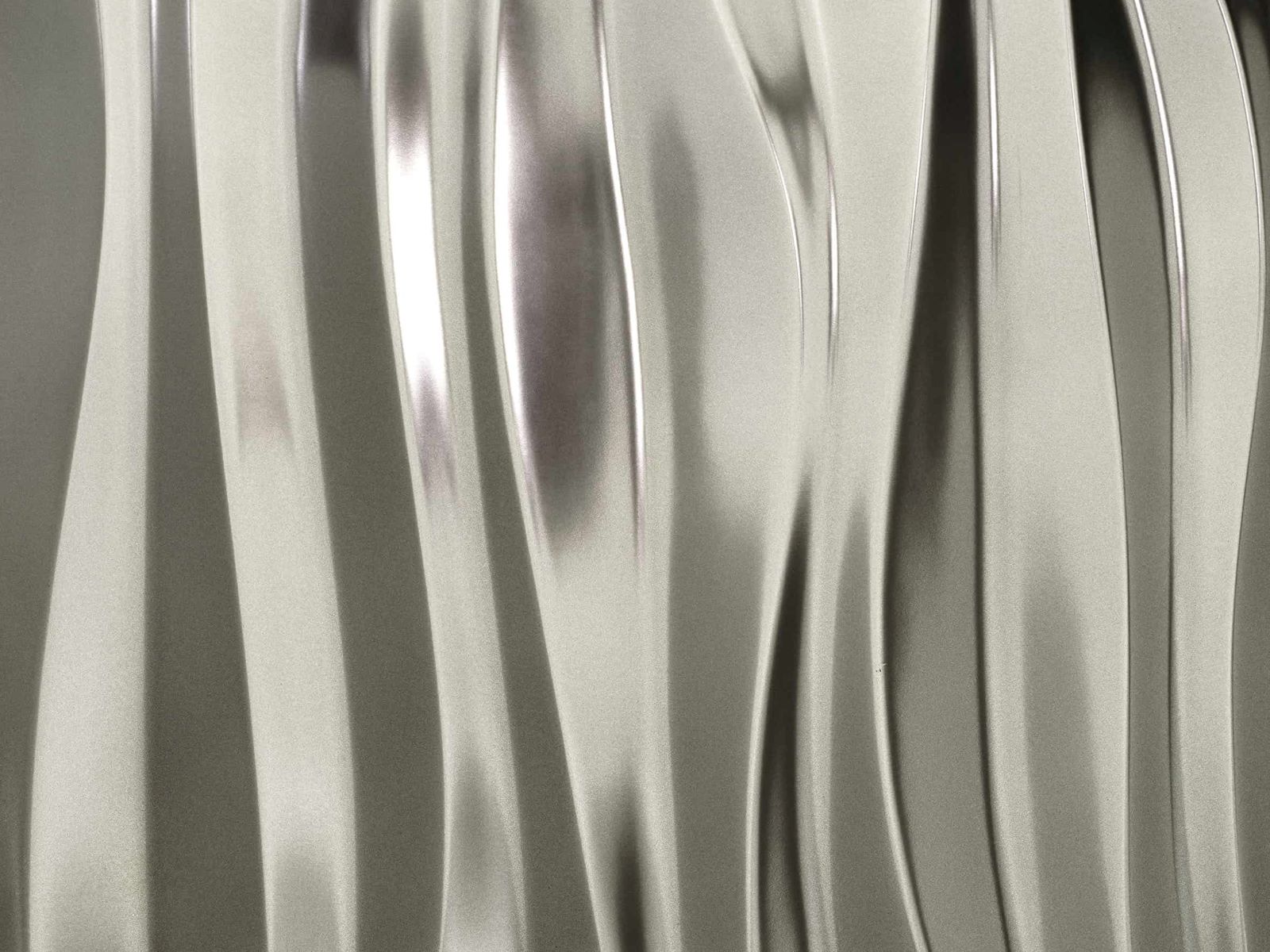
White bronze isn't actually bronze. It's a zinc alloy, often used in cemetery markers and statues. Why? Because it resists corrosion and looks great for years. Unlike traditional bronze, which can turn green over time, white bronze keeps its silvery-blue sheen. This material became popular in the late 19th and early 20th centuries, especially in the United States. Companies like Monumental Bronze Company made these markers, which were customizable and durable. They could mimic the look of stone or other metals but were lighter and less expensive. Today, white bronze markers are rare but still admired for their unique beauty and historical value.
Key Takeaways:
- White bronze, a zinc-based alloy, gained popularity in the late 19th century for making durable cemetery monuments. Its unique properties include resistance to corrosion, lightweight nature, and ease of intricate designs.
- White bronze, despite its name, contains no tin or copper like traditional bronze. It is non-porous, easy to cast, and has historical significance in cemetery monuments, statues, and other outdoor structures.
What is White Bronze?
White bronze, also known as zinc or spelter, is a metal alloy primarily composed of zinc with small amounts of copper and tin. It gained popularity in the late 19th and early 20th centuries, especially for making cemetery monuments.
- White bronze is not actually bronze. Despite its name, it contains no tin or copper in the proportions found in traditional bronze.
- The alloy is primarily composed of zinc, with 85-95% zinc content.
- Small amounts of copper and tin are added to enhance the alloy's properties.
- White bronze was first used in the United States in the 1870s.
- The material became popular for cemetery monuments due to its durability and resistance to weathering.
Characteristics of White Bronze
White bronze has unique characteristics that make it suitable for various applications, especially in outdoor settings. Its properties have made it a preferred choice for certain types of monuments and statues.
- White bronze has a bluish-gray color, which distinguishes it from other metals.
- The alloy is non-porous, making it resistant to corrosion and rust.
- It develops a protective oxide layer over time, which further enhances its durability.
- White bronze is lightweight compared to traditional bronze.
- The material is easy to cast, allowing for intricate designs and details.
Historical Use of White Bronze
White bronze found its niche in history, particularly in the realm of cemetery monuments. Its unique properties made it an attractive alternative to traditional materials.
- The Monumental Bronze Company in Bridgeport, Connecticut, was the primary manufacturer of white bronze monuments.
- These monuments were marketed as "white bronze" to distinguish them from traditional bronze and other materials.
- White bronze monuments were popular from the 1870s to the 1910s.
- The material was often used for grave markers, statues, and other cemetery structures.
- Many white bronze monuments still stand today, showcasing their durability and resistance to weathering.
Advantages of White Bronze
White bronze offers several advantages over other materials, making it a preferred choice for specific applications. Its unique properties provide benefits that are hard to match.
- White bronze is more affordable than traditional bronze.
- The material is highly resistant to corrosion, making it ideal for outdoor use.
- It requires minimal maintenance compared to other metals.
- White bronze can be cast into intricate shapes and designs, allowing for detailed artwork.
- The material's lightweight nature makes it easier to transport and install.
Modern Applications of White Bronze
While its popularity for cemetery monuments has waned, white bronze still finds use in various modern applications. Its unique properties continue to make it a valuable material in certain industries.
- White bronze is used in the production of small statues and decorative items.
- The material is also used in the manufacturing of certain types of hardware and fittings.
- It is sometimes used in the production of musical instruments, such as flutes and trumpets.
- White bronze is used in the automotive industry for certain components.
- The material is also used in the production of some types of jewelry.
Interesting Facts about White Bronze
White bronze has a rich history and unique properties that make it an interesting material. Here are some lesser-known facts about this versatile alloy.
- White bronze was often marketed as a more durable and affordable alternative to marble and granite.
- The material was sometimes used for architectural elements, such as columns and balustrades.
- White bronze monuments often featured intricate designs and detailed engravings.
- The material's resistance to weathering made it a popular choice for outdoor sculptures.
- Some white bronze monuments were designed to look like traditional stone monuments, with a similar appearance but greater durability.
Preservation of White Bronze Monuments
Preserving white bronze monuments is important to maintain their historical and cultural significance. Proper care and maintenance can help ensure these structures last for generations.
- White bronze monuments should be cleaned regularly to remove dirt and debris.
- Avoid using harsh chemicals or abrasive materials when cleaning white bronze.
- Regular inspections can help identify any damage or wear that needs to be addressed.
- Professional restoration services can help repair and preserve white bronze monuments.
- Protective coatings can be applied to enhance the material's resistance to weathering.
Fun Facts about White Bronze
White bronze has some fun and quirky aspects that make it a fascinating material. Here are a few fun facts to pique your interest.
- Some white bronze monuments feature hidden compartments or time capsules.
- The material's unique color can change slightly depending on the lighting and weather conditions.
- White bronze was sometimes used to create life-sized statues of famous individuals.
- The material's lightweight nature made it easier to create large, intricate sculptures.
- Some white bronze monuments feature moving parts, such as doors or windows, adding an interactive element to the structure.
Final Thoughts on White Bronze
White bronze, a fascinating alloy, has a rich history and unique properties. Its durability and resistance to corrosion make it a popular choice for monuments and sculptures. The alloy's silvery-blue hue adds an aesthetic appeal that stands out in various applications. Despite being called "white bronze," it contains no actual bronze, which is a fun fact that often surprises people. Its composition of zinc, copper, and tin gives it strength and longevity. White bronze's non-magnetic nature and low friction coefficient make it useful in industrial settings too. Understanding these facts can deepen appreciation for this versatile material. Whether you're interested in its historical significance or practical uses, white bronze offers a lot to explore. Next time you see a monument or sculpture, you might just recognize the unique qualities of white bronze.
Frequently Asked Questions
Was this page helpful?
Our commitment to delivering trustworthy and engaging content is at the heart of what we do. Each fact on our site is contributed by real users like you, bringing a wealth of diverse insights and information. To ensure the highest standards of accuracy and reliability, our dedicated editors meticulously review each submission. This process guarantees that the facts we share are not only fascinating but also credible. Trust in our commitment to quality and authenticity as you explore and learn with us.


